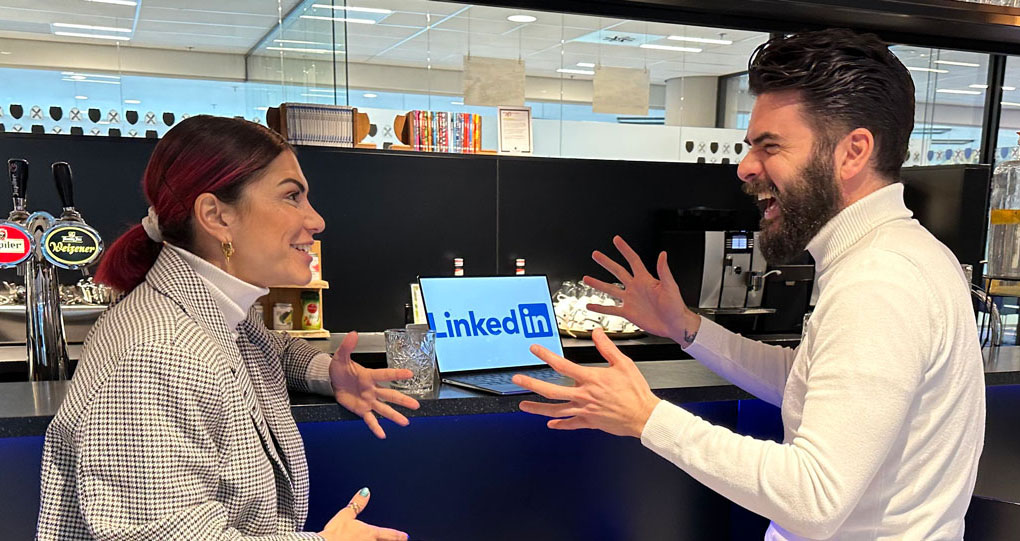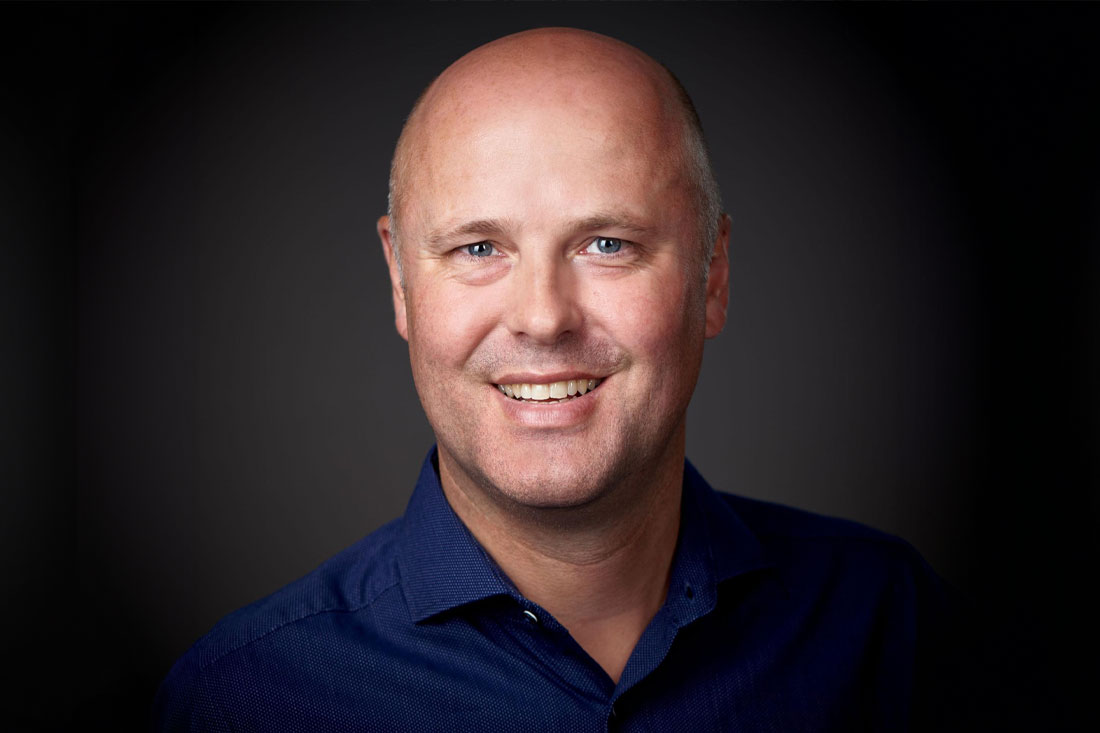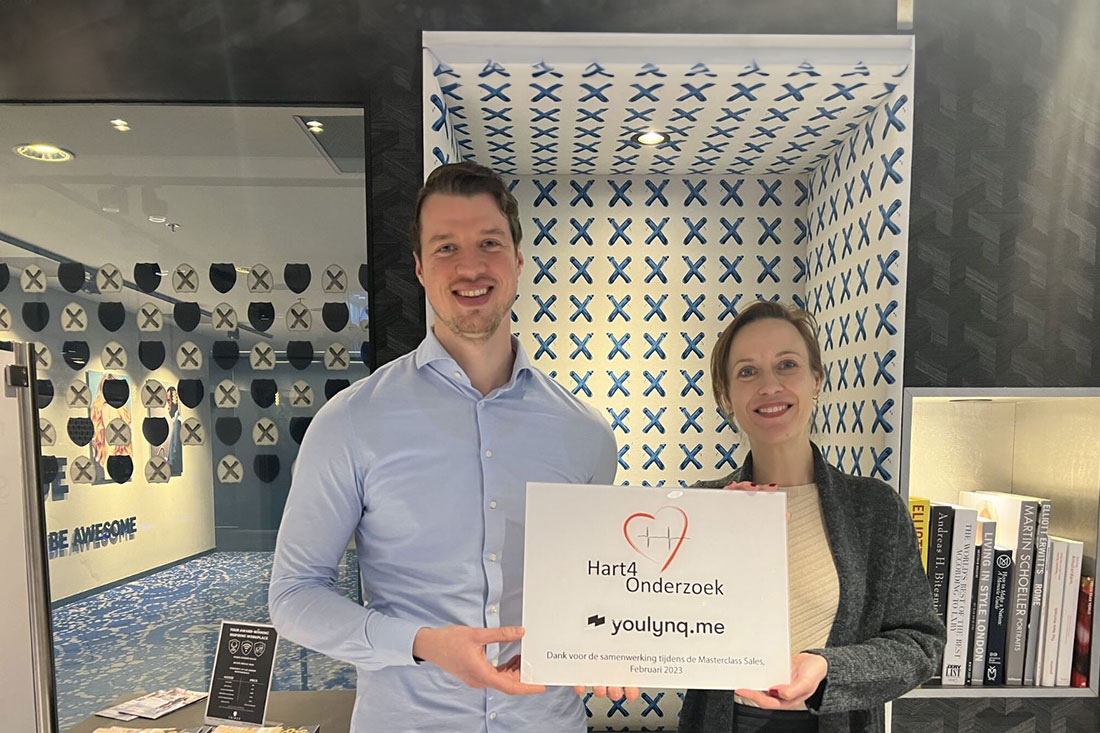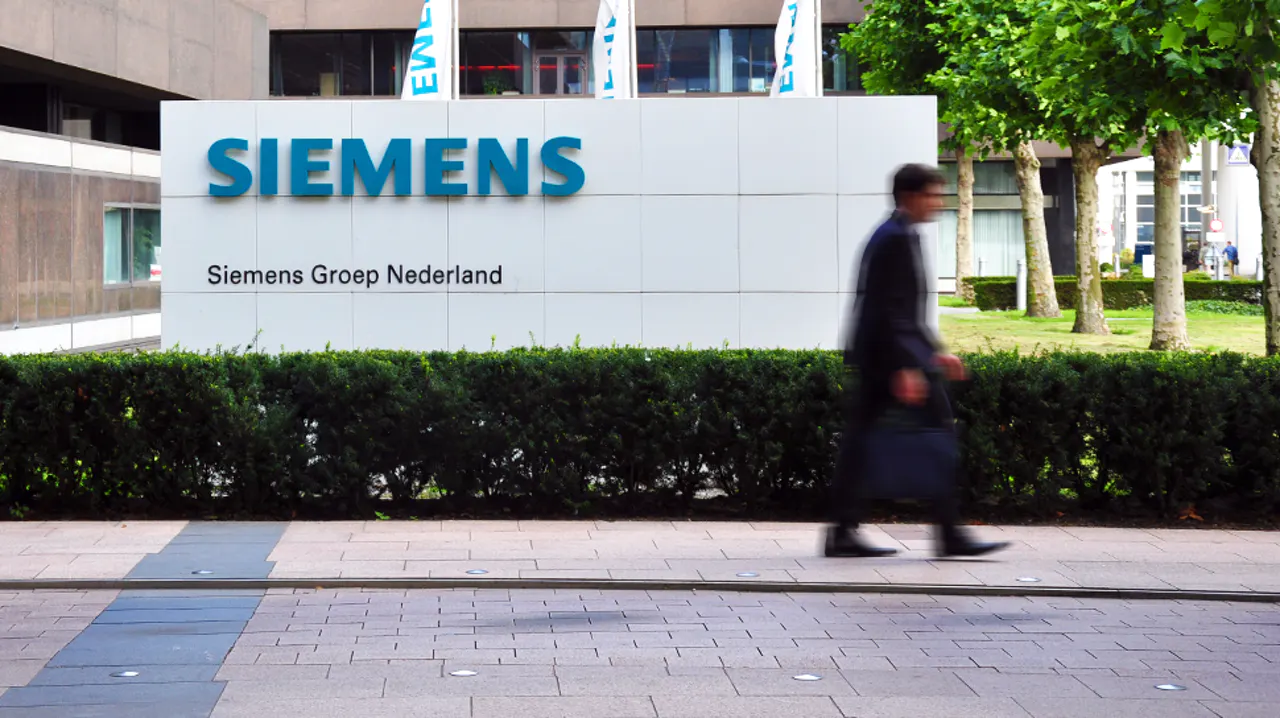LinkedIn Profile Optimization
Your LinkedIn page is your first impression; you can’t make it twice. How do you transform your LinkedIn profile into a powerful business card that helps you connect with the right people and build a valuable network?
With LinkedIn Profile Optimization by YouLynq.me, we assist you in translating your skills, interests, and qualifications into a compelling LinkedIn profile. This process helps establish your credibility as an expert in your field and enhances your visibility.
Get in contact Read more

What is LinkedIn profile optimization?
LinkedIn profile optimization is improving your LinkedIn profile, which includes optimizing and adjusting the content with the aim of helping you better achieve your professional goals. It is important that you clearly create an online proposition, increase your findability, improve your reach and consistnently share content.
LinkedIn profile optimization, also known as LinkedIn personal branding, is to profile yourself as an expert in your field and make you different from everyone else. By optimizing your profile you increase the chances of being found by potential employers, customers or partners. LinkedIn is the best platform as a professional marketing channel to present yourself as an expert.
Advantages of LinkedIn personal branding
A well–optimized LinkedIn profile offers the following advantages:
- Improved online professionalism and enhanced professional reputation.
- Increased visibility and reach on the platform.
- Enhanced discoverability by individuals and organizations searching for professionals with specific skills and experience.
- Ability to stand out from other professionals in your field.
- Facilitates making more relevant connections, faster contact, and building strong relationships within your network.
- Improved access to job opportunities, receiving more relevant job offers with an optimized profile.

From our Knowledge Base
It is crucial to ensure that your LinkedIn profile is up to date and visually appealing. Strive for 100% completeness and continuously optimize your profile. Once you have accomplished this, it is essential to identify your audience and define your goals. Unfortunately, not every company or individual recognizes the significance of this step. Knowing your target audience enables you to optimize your page for searchability. Upon completion, your follower count will increase, allowing you to publish engaging content on your company page.
Read moreLinkedIn is most active during the morning rush hour from 8 am to 10 am and the post-work power hour between 6 pm and 8 pm, offering optimal engagement opportunities for professionals seeking to connect and share content. Additionally, weekend mornings, especially from 8 am to 10 am on Saturdays, also see increased activity as users catch up on industry news and plan for the upcoming week.
Read moreLinkedIn attracts millions of professionals who are actively seeking meaningful connections and opportunities to enhance their companies. Unlike social media platforms such as Instagram, Facebook, or YouTube, LinkedIn specializes in the B2B market. While Instagram or YouTube may feature influencers endorsing products or services, LinkedIn focuses primarily on networking and finding the ideal collaborators for your business endeavors.
Read moreLinkedIn profile optimization in practice
What does a well–optimized LinkedIn profile look like? At YouLynq.me, we focus on the relationship between profiling, findability, and reach of your LinkedIn profile. This involves:
- Thorough analysis of your LinkedIn page as a starting point for optimization
- Intake interview to gain insights into your professional life, including skills and hobbies
- Setting up an effective profile picture and cover photo to take center stage
- Creating a compelling headline to quickly showcase your identity, capabilities, and values
- Help in writing a personal and relevant introduction highlighting your skills and education
- Publishing or sharing relevant posts or websites helps to increase brand awareness, demonstrate your expertise in your field, and showcase your knowledge of current developments.
- Creating an overview and structure using the many features LinkedIn offers to increase your discoverability and reach with the right settings.
- Learning how to enhance your skills, experiences, interests, and language proficiency and requesting recommendations to build a comprehensive profile. A complete profile leads to a fourfold increase in profile views.

Want to know more about how LinkedIn profile optimization can benefit you?
Contact us now! In the meantime, check out our blog on 10 essential tips for optimizing your LinkedIn profile.









